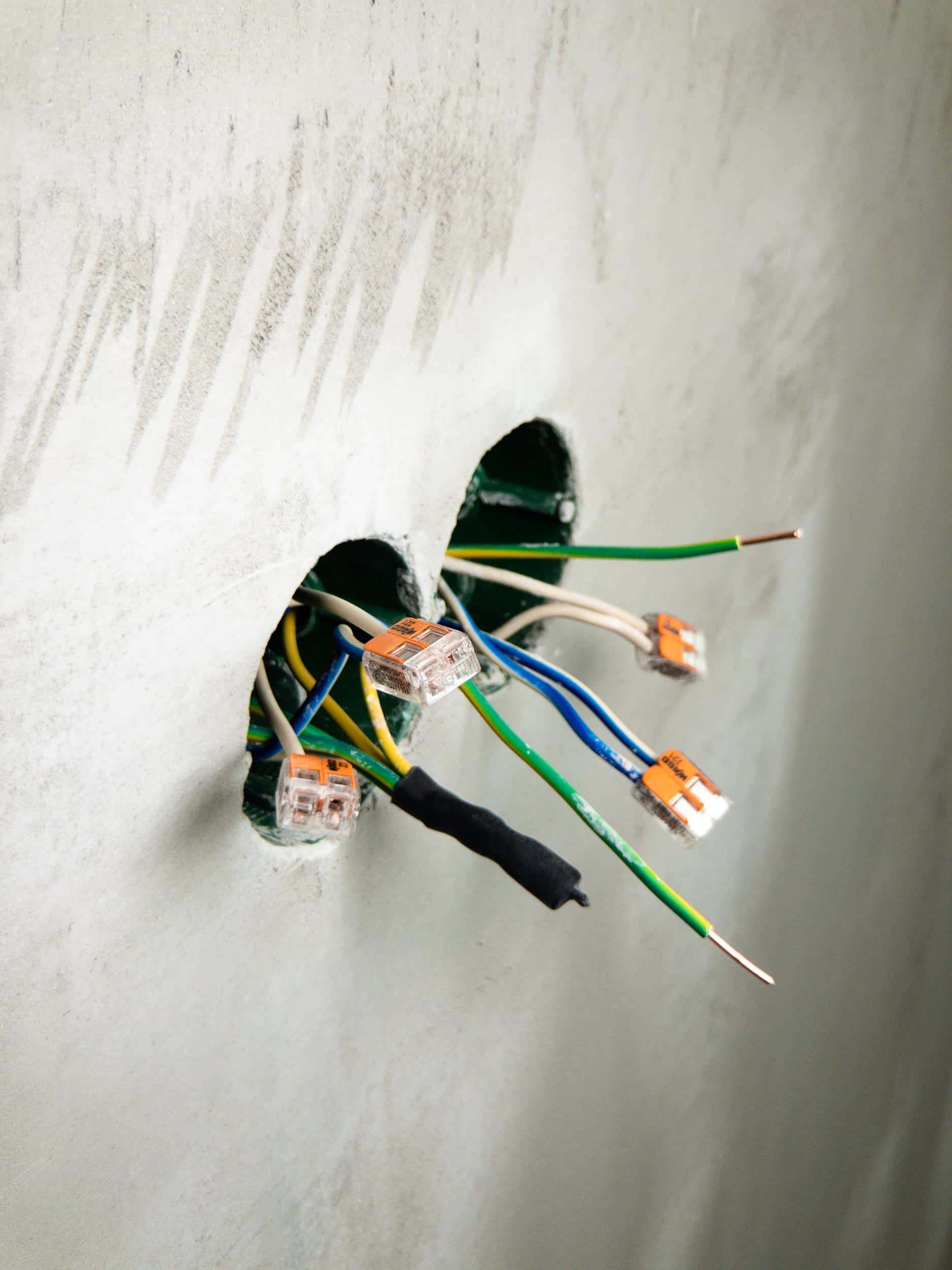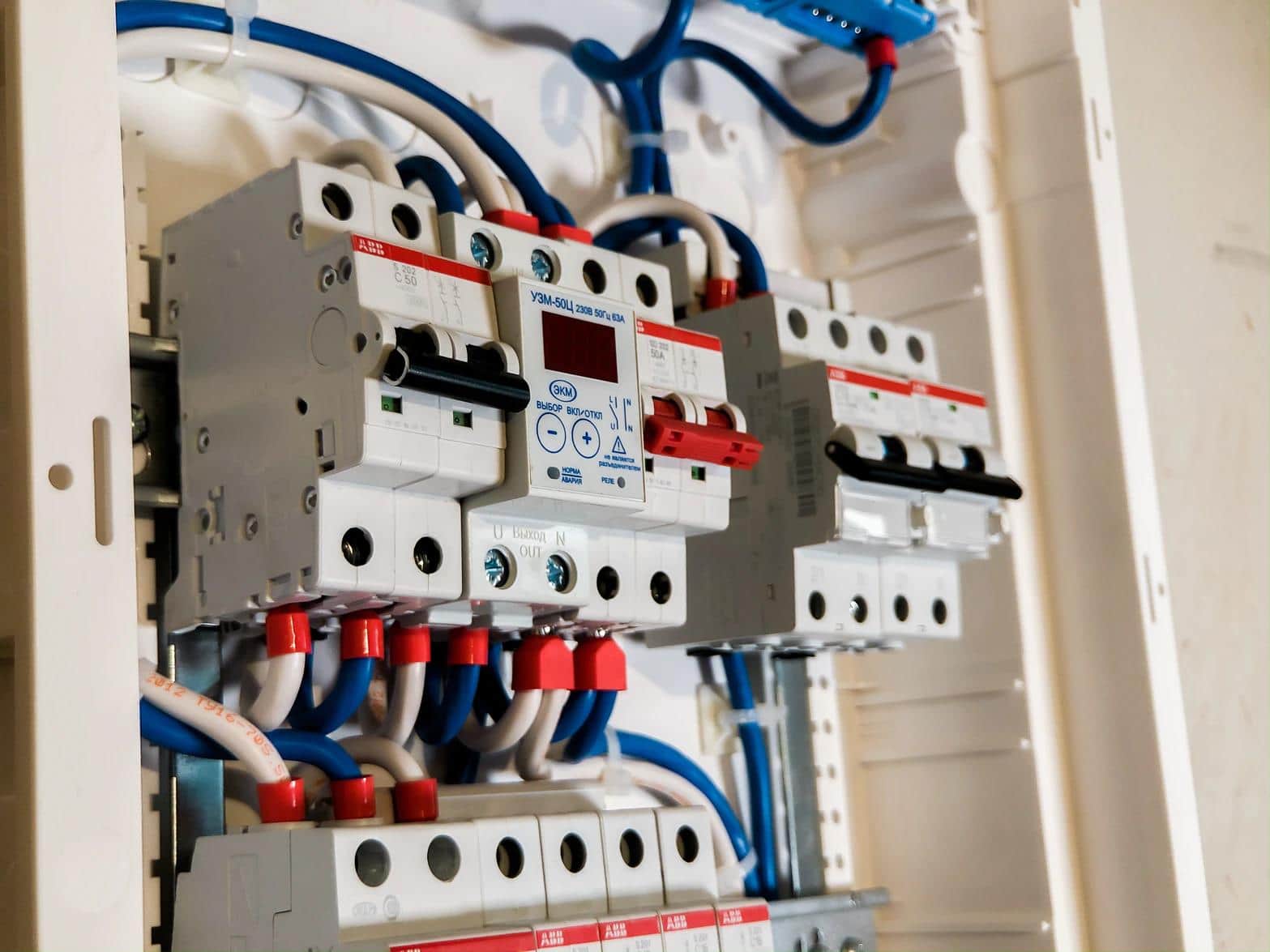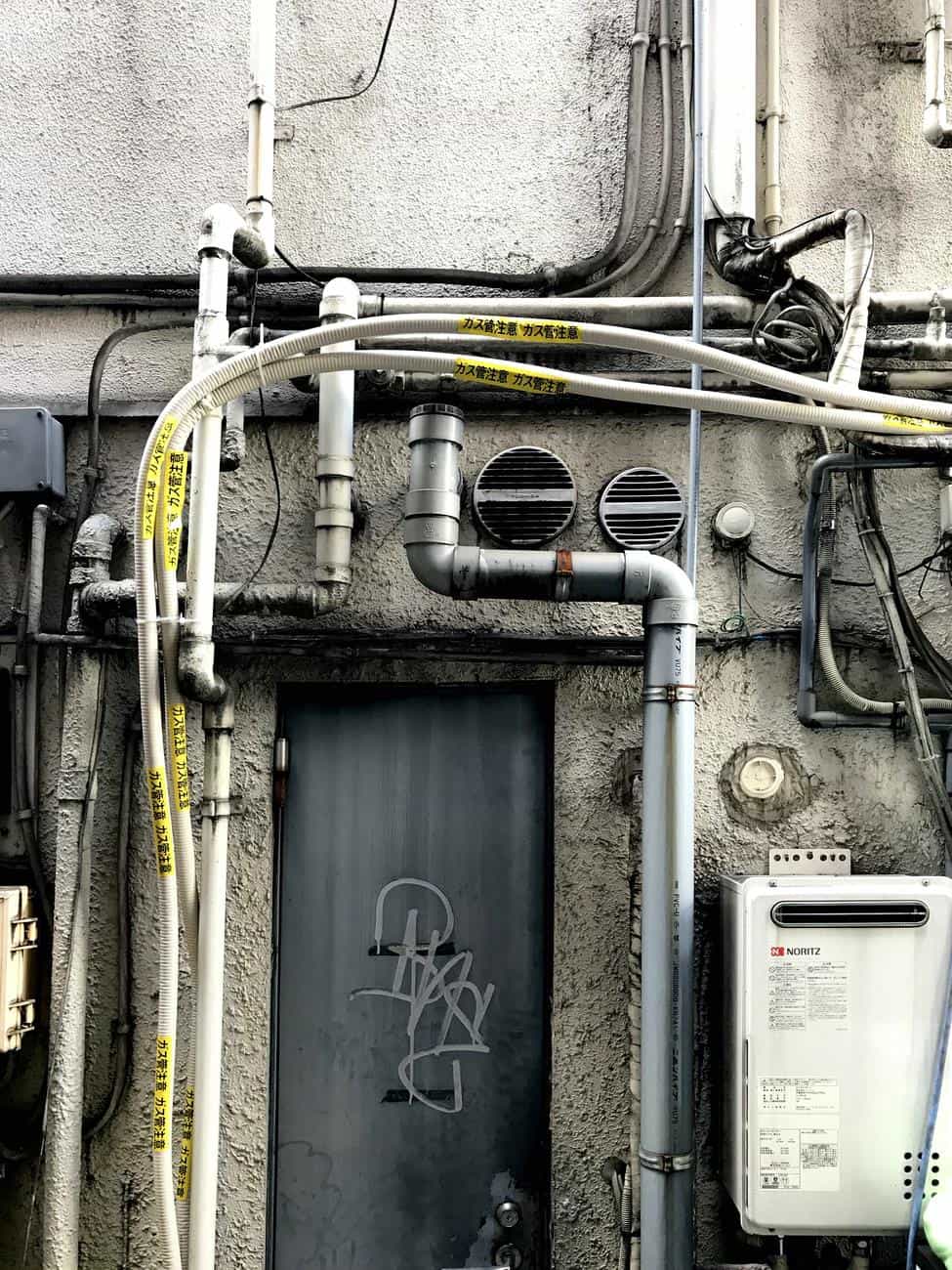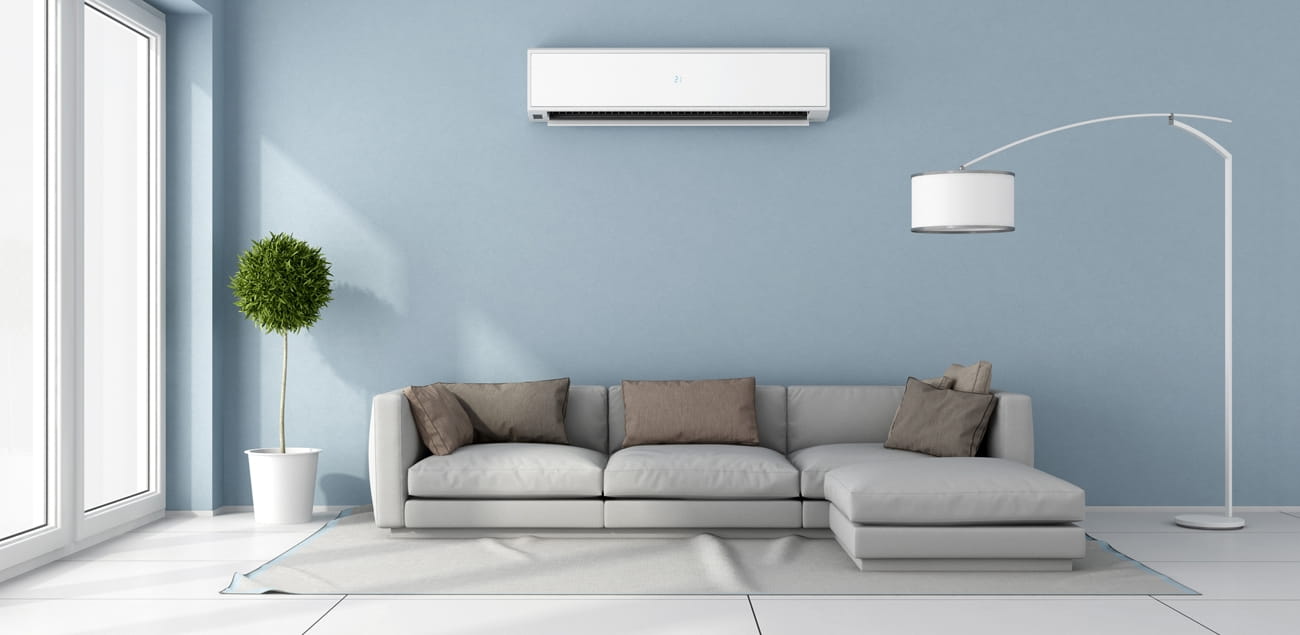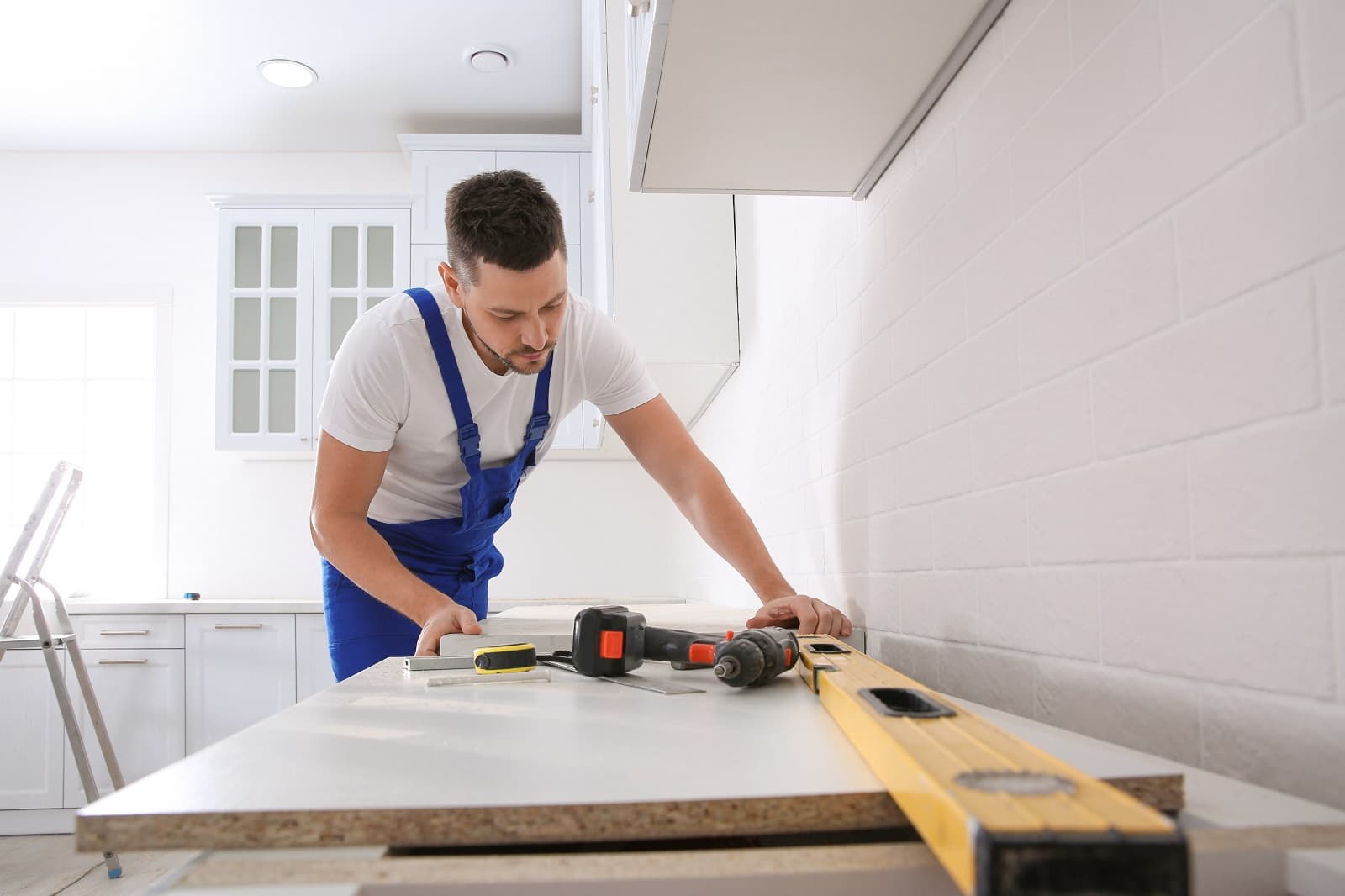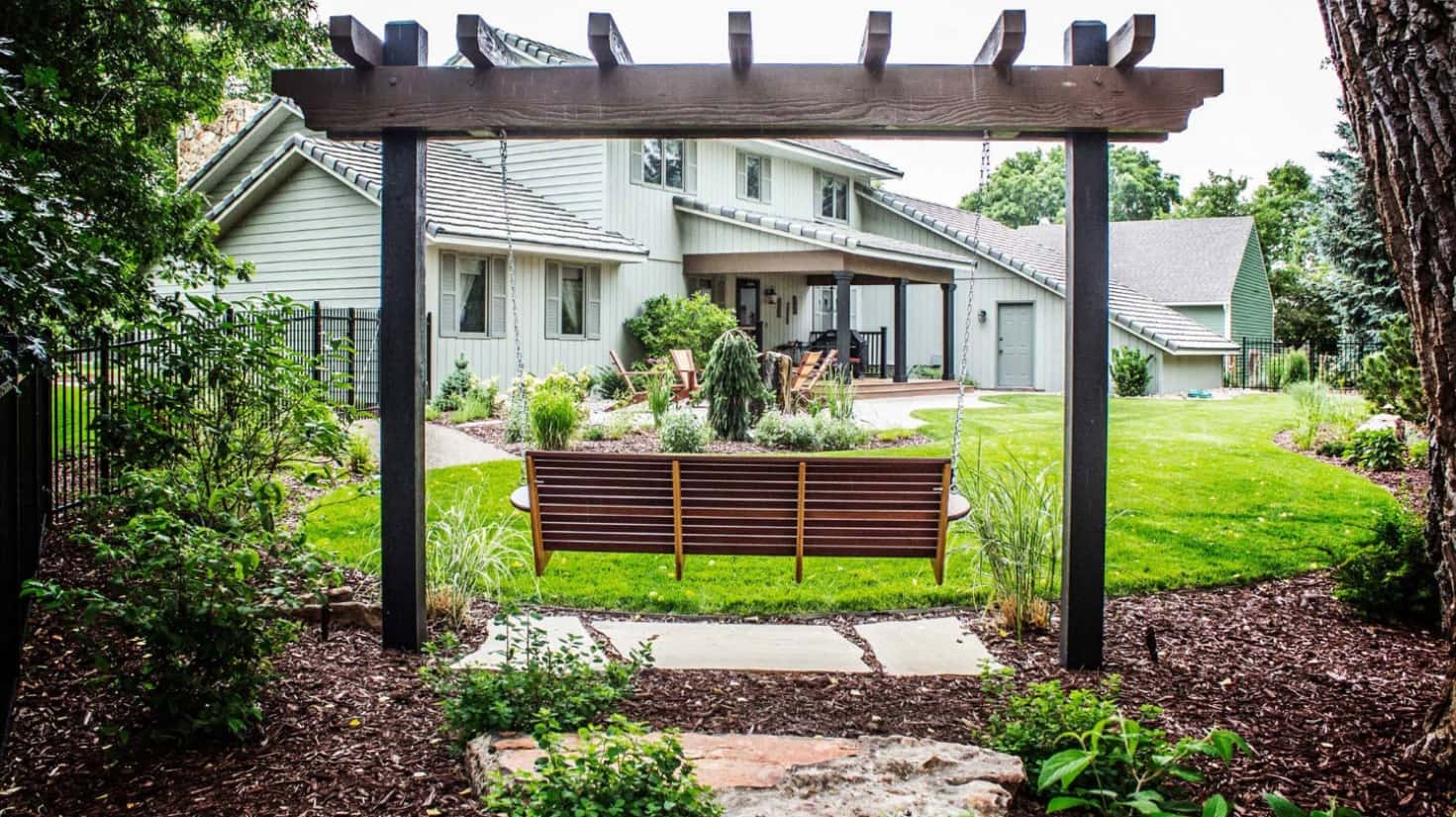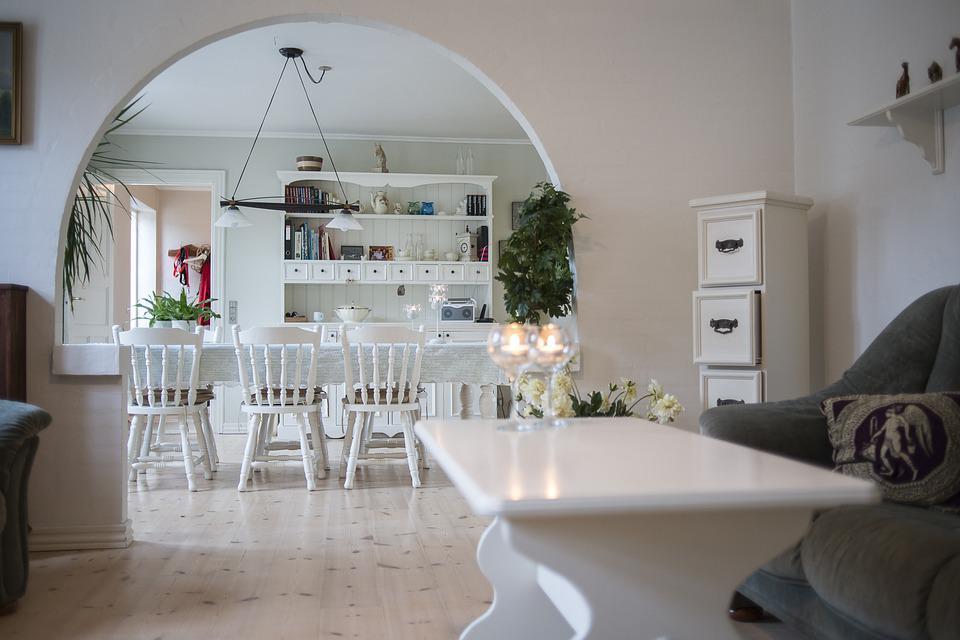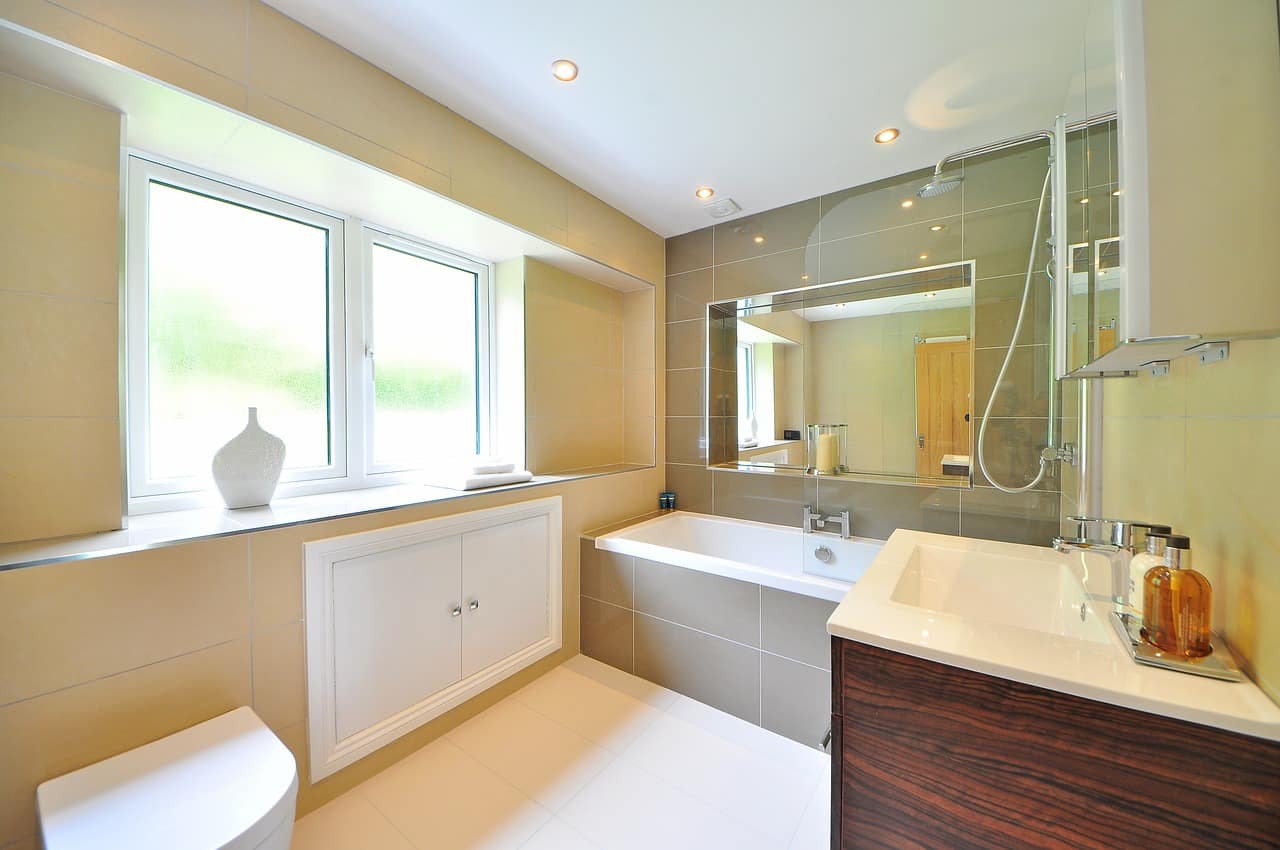Managing your household doesn’t only include paying bills and keeping it organized and clean, it also includes the maintenance of household items, plumbing, and wiring as these utilities do degrade over time and need to be fixed or upgraded for everyone’s safety and efficiency. It is a complex process with lots of materials and wiring systems to consider and research that would be best for you and your type of lifestyle and housing layout, which is why it is still best to seek the help of a professional when you are considering rewiring, but this article is here to help equip you with the list of considerations, tools, and knowledge if you are considering doing it yourself. And if you want to switch electricity provider, be sure to find one that can provide you with the best prices.
When should I Rewire My House?
Most people rewire houses during the renovation of their original home or before moving into a new apartment, especially if the home hasn’t been rewired for around 30 years to keep it to current living standards. You shouldn’t wait until your electrical system fails on you to rewire and instead look out for signs that it needs an upgrade or fixing.
Wires that have become degraded and frayed from heat, age, and corrosion, is one thing to watch out for as they pose safety hazards and may cause overheating, short-circuiting, or electrocutions!
Another sign is the heating up of electrical sockets, and allowing this to go on too long would be ignoring wiring issues and compromising the whole electrical system.
Other signs of faulty wiring would include smoking from outlets or the tools connected to them or constant power tripping in your home. Another sign is noticing if your lights lose power when certain appliances are on, as it could signal that your current electrical system is not able to support those high-powered appliances, so you would either need to switch them out or upgrade your current wiring.
Okay, but which Wiring to Go for?
No, there isn’t just one go-to wiring system that everyone just opts for. Here is a list of different wirings, their properties, and a breakdown of their advantages so you can make a more informed decision on which one suits your home best! Reading up on the different types of wiring will also allow you to discuss productively with your electrician if you are turning to one for help since you know your lifestyle best.
Aluminum Coated Lead Wires
If you use appliances that use a high amount of power and live in an area with high humidity or extreme weather, aluminum-coated lead wires are the way to go! Lead is a material that is hardy and highly resistant, meaning that it is less prone to corrosion and can protect your wires from being damaged by water vapor. It is one of the strongest materials out there and keeps your home safe, preventing worn-out wires and standing stable even in extreme climates.
Low Voltage Wires
If you have no need to accommodate high-powered and complicated equipment and living conditions, low-voltage wires are another option you can consider! They consist of two wires which are encased in a plastic cover and are used with low voltage sockets and circuits.
Non-Metallic Cables
Unlike low-voltage cables which have two wires, non-metallic cables have three. It is the most commonly used wiring for its flexibility and more affordable pricing compared to metallic cables. Even though they are cheaper, they tend to only be suited for dry living spaces and are not the best at withstanding harsher conditions. Non-metallic cables come in their signature three colors: Green or yellow for the ground wire, Blue or black for the neutral wire, and red for the live wire.
Underground Feeder
Underground feeders are much like non-metallic cables and possess the same three cables. Each of the three wires in an underground feeder is further preserved with their own plastic casings as they are often used in wetter spaces like your kitchen and toilet, which is why they need the extra waterproofing.
Conduits
Lastly, we have conduits. They do well in both dry and wet spaces because of how they are wrapped in nylon, which melts when hot and hardens when cold, making them resistant to heat damage.
Pick Your Wiring Installation Method next
After choosing your wires, the next step would be to choose what method to install them in! The installation of cabling is subject to your own design and safety considerations.
Batten Wiring System
The Batten Wiring system is one of the safest methods of installation to date which is what makes them highly adopted. They are simple to install, have low chances of current leaks, and are waterproof, making them appropriate for humid conditions.
Parallel System
In this system, the wires would be connected in a parallel circuit which would act as a safety barrier, protecting other wires from being affected when an appliance goes haywire.
Lead Sheathed Wiring
Fit for those living in more extreme climates and conditions, this system seals its wires within a strong alloy of lead and aluminum while keeping them linked to the main electrical system.
Joint Box System
This system isn’t the safest option, connecting appliances through joints so that space can be saved, so they are often only used in temporary conditions to keep cables organized and connected to the main electrical system.
Cleat Wiring System
Another system that is used more as a temporary method, the cleat wiring system is an older technique used commonly back when wires were braided together. This system makes use of cleats made out of plastic, wood, or porcelain which pin wires against your walls and ceilings.
Conclusion
We hope that this article has helped inform you of the various wiring materials and assemblage techniques out there so that you can pick the one best suited to your needs, budget, and environment. Wiring and rewiring is still a risky job, so seek a professional’s service if you can and take all the necessary precautions if you are still planning on doing it yourself!

